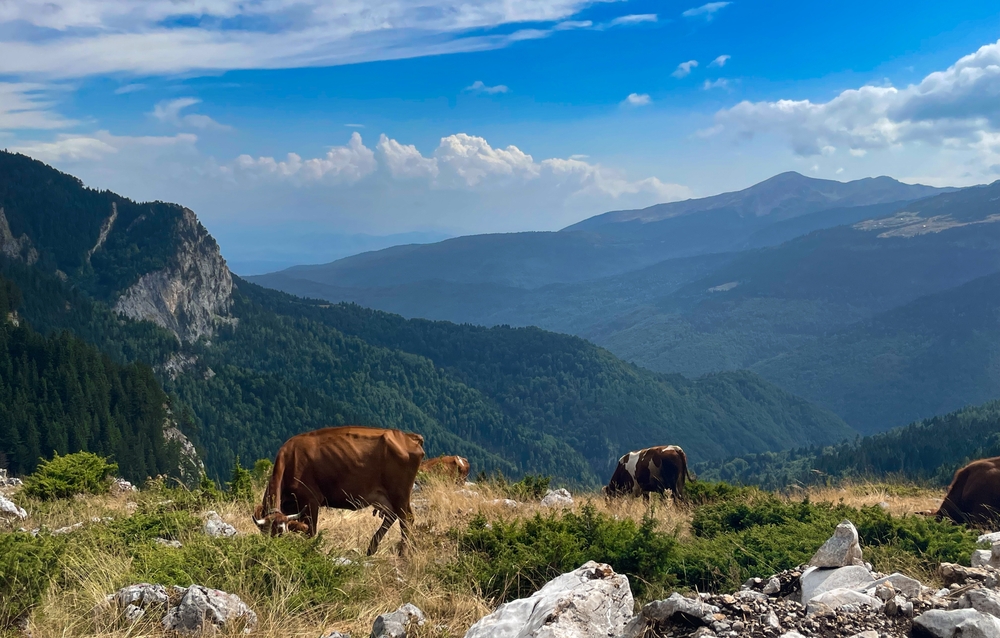Bjeshket e Nemuna Overview
Bjeshkët e Nemuna National Park, known as “The Accursed Mountains” in English, is a stunning protected area located in western Kosovo. Spanning approximately 235 square miles (608 square kilometers), it is one of Kosovo’s largest and most ecologically diverse national parks.
The park is nestled in the rugged Prokletije mountain range, which extends into Albania and Montenegro. Its striking landscapes feature steep cliffs, deep valleys, and a mix of alpine meadows and dense forests. Some of its most prominent peaks, such as Gjeravica, Kosovo’s tallest mountain at 8,714 feet (2,656 meters), serve as breathtaking landmarks for visitors. The park is also home to rivers like the Lumbardhi i Pejës and stunning waterfalls such as the White Drin Waterfall, adding dynamic elements to its natural beauty.
The terrain is exceptionally diverse, characterized by jagged peaks, limestone ridges, glacial valleys, and expansive alpine pastures. Ancient beech and fir forests cover significant portions of the park, offering a sanctuary for a wide range of flora and fauna.
Seasonal wildflowers bloom across the meadows, creating vibrant tapestries during spring and summer. Bjeshkët e Nemuna is also a biodiversity hotspot, providing habitat for over 1,500 plant species, many of which are endemic or rare.
Wildlife in the park is equally remarkable. It is a refuge for several large mammals, including the brown bear, gray wolf, and Balkan lynx, a critically endangered subspecies. Roe deer and chamois roam the higher elevations, while smaller mammals like red foxes and badgers thrive in the lower regions.
The park also supports an impressive variety of bird species, making it a haven for birdwatchers. Golden eagles, peregrine falcons, and Eurasian eagle-owls are among the notable avian residents, while songbirds and woodpeckers are abundant in the forests.
Bjeshkët e Nemuna National Park is a popular destination for outdoor enthusiasts and nature lovers. Hiking is one of the leading ways to explore its dramatic landscapes, with trails ranging from moderate day hikes to challenging multi-day treks, such as those on the Peaks of the Balkans trail.
Rock climbing, mountain biking, and skiing are also popular activities, catering to adventurers year-round. For more tranquil experiences, visitors can enjoy picnicking near crystal-clear streams or visiting charming mountain villages that preserve traditional Albanian culture and hospitality.
Conservation remains a critical focus for the park’s management. Efforts to protect endangered species, restore degraded habitats, and combat illegal logging have seen some success, though challenges persist. The Balkan lynx, in particular, remains under threat due to habitat loss and fragmentation. Collaborative cross-border initiatives with Albania and Montenegro aim to strengthen the conservation of the broader Prokletije ecosystem.











































































